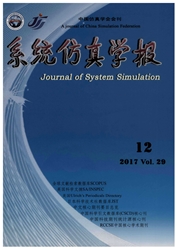

 中文摘要:
中文摘要:
针对经典速度-密度模型在精确刻画交通流动态变化特性时所存在的局限性,将更丰富的路段检测信息运用到中观交通仿真模型参数的标定过程中。提出先对路段检测数据进行预处理,再采用机器学习方法中的局部加权回归、k-均值聚类、k-最近邻方法,分别将车流密度,密度与流量作为变量标定车速。利用现场数据对算法进行了大量测试,结果表明,算法是有效的,适用于基于仿真的动态交通分配系统。
 英文摘要:
英文摘要:
Aiming at the limitation when the classical speed-density model described the dynamic change characteristics of the traffic flow, more road detected information was utilized in the process of the parameters calibration of the model in the mesoscopic traffic simulator. The detector data was preprocessed, and the machine learning methods, including locally weighted regression, k-means clustering and k-nearest neighborhood, were used to calibrate the speeds, densities as well as densities and flows as the variables. The test with a huge amount of factual data shows that the proposed algorithms have great performance in the parameters estimation precision and efficiency and are appropriate for the simulation-based DTA models.
 同期刊论文项目
同期刊论文项目
 同项目期刊论文
同项目期刊论文
 期刊信息
期刊信息
